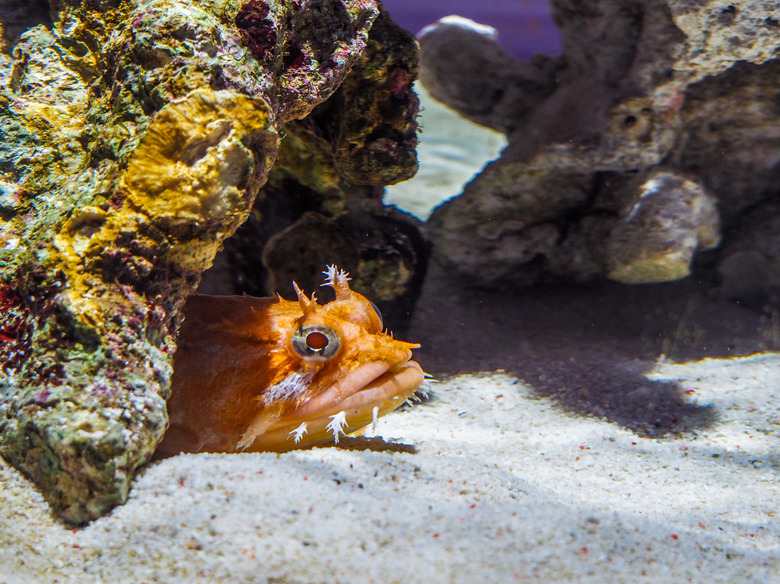Facts On The Sea Scorpion
Sea scorpions, also known as eurypterids, were prehistoric creatures which lived in the Silurian, Devonian and Permian eras, from approximately 500 to 250 million years ago. They are thought to be the largest arthropods ever to have existed — the biggest of them would have dwarfed a full-grown man.
Size
Size
Different subspecies of sea scorpion would have differed in size. However, the largest type, known as Jaekelopterus rhenaniae, is thought to have reached up to 8 feet, 2 inches in length. This discovery was made in 2007 when paleontologists in Germany found the fossil of an 18-inch claw, which belonged to a Jaekelopterus rhenaniae. Before this, the largest specimen scientists had found came from a sea scorpion around 20 inches smaller.
Diet
Diet
Sea scorpions frequently practiced cannibalism, eating any smaller members of their species that they came across. They would have also have eaten any fish and other aquatic creatures smaller than themselves. They had large claws, with sharp teeth, which they used to quickly grab their prey. The scorpions had a tight grasp, so would have been able to keep a hold on even the most slippery of prey.
Relatives
Relatives
Although the sea scorpion is extinct, it still has a number of modern day relatives. As the name suggests, today's scorpions are their descendants. When they started to get harsher competition from newly evolved fish with jaws and backbones, sea scorpions gradually made the transition to living on dry land, and got much smaller over the years. They're also related to spiders and other arachnids and to horseshoe crabs.
Habitat
Habitat
Despite being called sea scorpions, they didn't live exclusively in the sea. Some varieties lived in rivers, lakes and brackish swamps. The giant Jaekelopterus rhenaniae lived only in what is now Germany, but other subspecies were found across the globe. Smaller varieties of sea scorpions would sometimes leave the water to shed their skins and to mate. The larger types definitely would have stayed in water, as their legs weren't strong enough to support their bodies on the shore.
Cite This Article
MLA
Corona, Lauren. "Facts On The Sea Scorpion" sciencing.com, https://www.sciencing.com/sea-scorpion-8584742/. 22 November 2019.
APA
Corona, Lauren. (2019, November 22). Facts On The Sea Scorpion. sciencing.com. Retrieved from https://www.sciencing.com/sea-scorpion-8584742/
Chicago
Corona, Lauren. Facts On The Sea Scorpion last modified March 24, 2022. https://www.sciencing.com/sea-scorpion-8584742/
